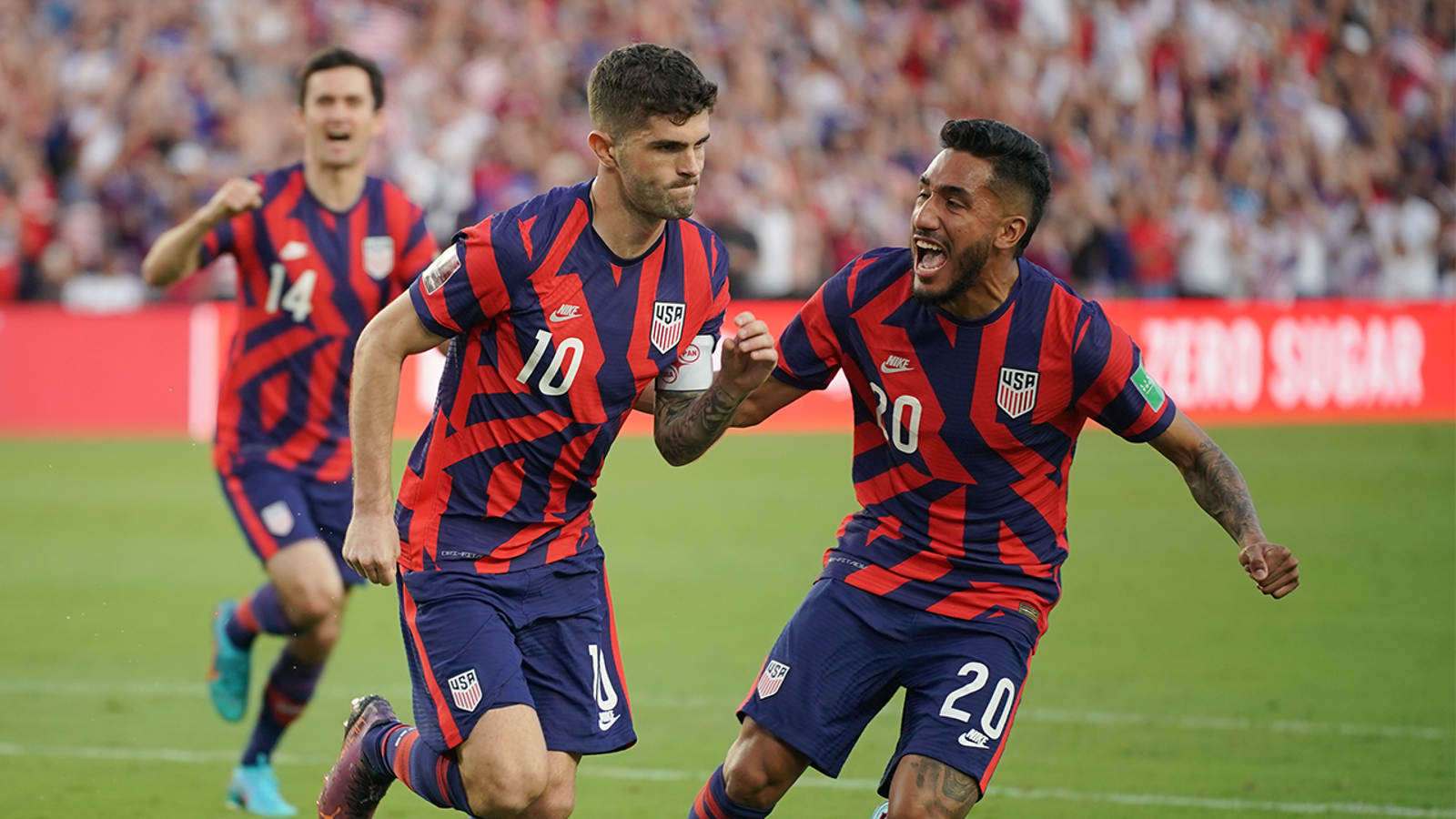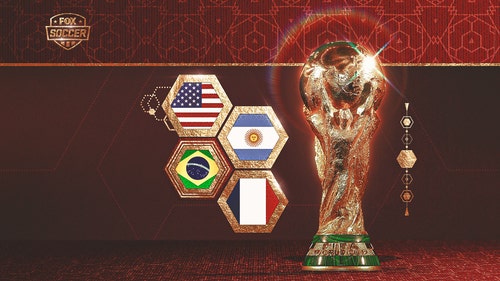
World Cup 2022: Is the Group of Death as daunting as it sounds?
By Martin Rogers
FOX Sports Columnist
It is one of the most evocative terms in international sports — and certainly the most gruesome. But the Group of Death, originally coined in 1970 as "grupo de la muerte" by a collection of Mexican journalists, isn’t always quite what it promises to be.
On Friday, the draw for this year’s men’s World Cup will take place and for most of the 32 teams (three qualifiers are still to be decided), there is one current hope and one only.
That they can avoid the perilously named group, given every four years to the pooling packed with the highest quality and which inevitably sees at least one highly touted team meet its demise.
Maybe, however, the nervous anticipators shouldn’t be so worried. For the Group That-Shall-Not-Be-Named isn’t always as deadly as its moniker makes it out to be. Rather than a graveyard of potential champions — sometimes surprisingly often — it can actually be the precursor to success.
The United States will be among the teams hoping to avoid a stacked group and its world ranking of No. 13 — more on the draw format later — will increase its chances of staying (relatively) safe. Yet there will still be some nervous pre-draw moments for head coach Gregg Berhalter, whose team clinched its spot in the field despite a 2-0 defeat in Costa Rica on Wednesday night.
There is not always unanimous agreement as to which group should be classified as a Group of Death, and sometimes there isn’t really one at all.
2022 World Cup: Doug McIntyre congratulates the USMNT for qualifying
However, the 12 Groups of Death most frequently mentioned over the past 52 years have produced the eventual winner of the entire tournament no fewer than five times, with a further three runners-up and a semifinalist.
Only in 1998, when Spain crashed and burned, and Nigeria and Paraguay succumbed in the round of 16, did neither of the Group of Death’s top two teams advance further.
Four years ago, Croatia survived a group gauntlet that pitted it against Argentina, Iceland and Nigeria, and progressed all the way to the final.
In 2014, then-U.S. head coach Jurgen Klinsmann proclaimed that his team was ready to take on anyone before the draw, then described their fate as "the worst of the worst" when they were paired with Germany, Portugal and Ghana. They did survive, however, before losing to Belgium in the Round of 16, while Germany won it all by toppling Lionel Messi and Argentina in the final.
Italy was a Group of Death champion in 2006, as was Brazil in the original incarnation of the term in 1970. The Group of Death was also used to describe the second stage groups used in the 1978 and 1982 tournaments, from which Argentina and Italy advanced and then lifted the trophy.
Alexi Lalas congratulates the USMNT
From an American perspective, former national team defensive star and FOX Sports soccer analyst Alexi Lalas believes an ultra-challenging draw might not be the worst fate to befall a young and enterprising squad.
"The draw matters and who you play matters," Lalas told me. "But this is a team I still think is trying to prove themselves to the world and the country. I feel that this team can rise to the occasion. The higher quality the opponent, the better they may play. I don’t want a Group of Death for them, but I don’t fear it."
The format of the FIFA Men's World Cup draw is specifically designed to keep the best teams apart, but there are some quirks that provide irregularity — which is when you get a Group of Death.
Teams are allocated into one of four pots, with the strongest squads according to world ranking in Pot 1, the next batch in Pot 2, and so on. All of the eight World Cup groups will take one team from each pot.
While seven of soccer’s very best teams are in Pot 1, so too is Qatar, a favor always granted to the host nation, which in this case is rated a lowly 51. Four-time champion Germany, meanwhile, is in Pot 2 after some uncharacteristic results over the past couple of years, meaning it could easily be matched with Brazil, Argentina or England.
Berhalter’s team is in Pot 2, meaning it can’t be lumped in with, say, both Brazil and the Netherlands, or world No. 1 Belgium and Germany. Canada, in Pot 4, theoretically could.
Among the strongest Pot 3 teams are Japan, which continues to emerge as an international force, and European sides Serbia and Poland. From the lowest-ranked teams occupying Pot 4, no one will fancy playing Ecuador, which came through South America’s stacked CONMEBOL region, or Ghana, which faced the Americans in three consecutive recent World Cups.
The Group of Death is not an official entity in soccer, it is just a talking point, initially a media creation, yet something fans love to discuss more than anything when the fortunes of the draw confer their varied favor.
Therefore there is no set criteria, and often an unclear picture of which group, specifically, is the most challenging.
"There has to be a recognizable balance to it," Lalas added. "So much that you’re going to have good teams miss out, for certain. No gimmes. It is fun to talk about but even if it happens, it doesn’t mean it’s the end. Whoever you are, when the World Cup arrives it is time to deliver."
Watch the FIFA Men's World Cup draw live Friday at 12 p.m. ET on FS1, FOXSports.com or the FOX Sports App.
Martin Rogers is a columnist for FOX Sports and the author of the FOX Sports Insider Newsletter. You can subscribe to the newsletter here.








